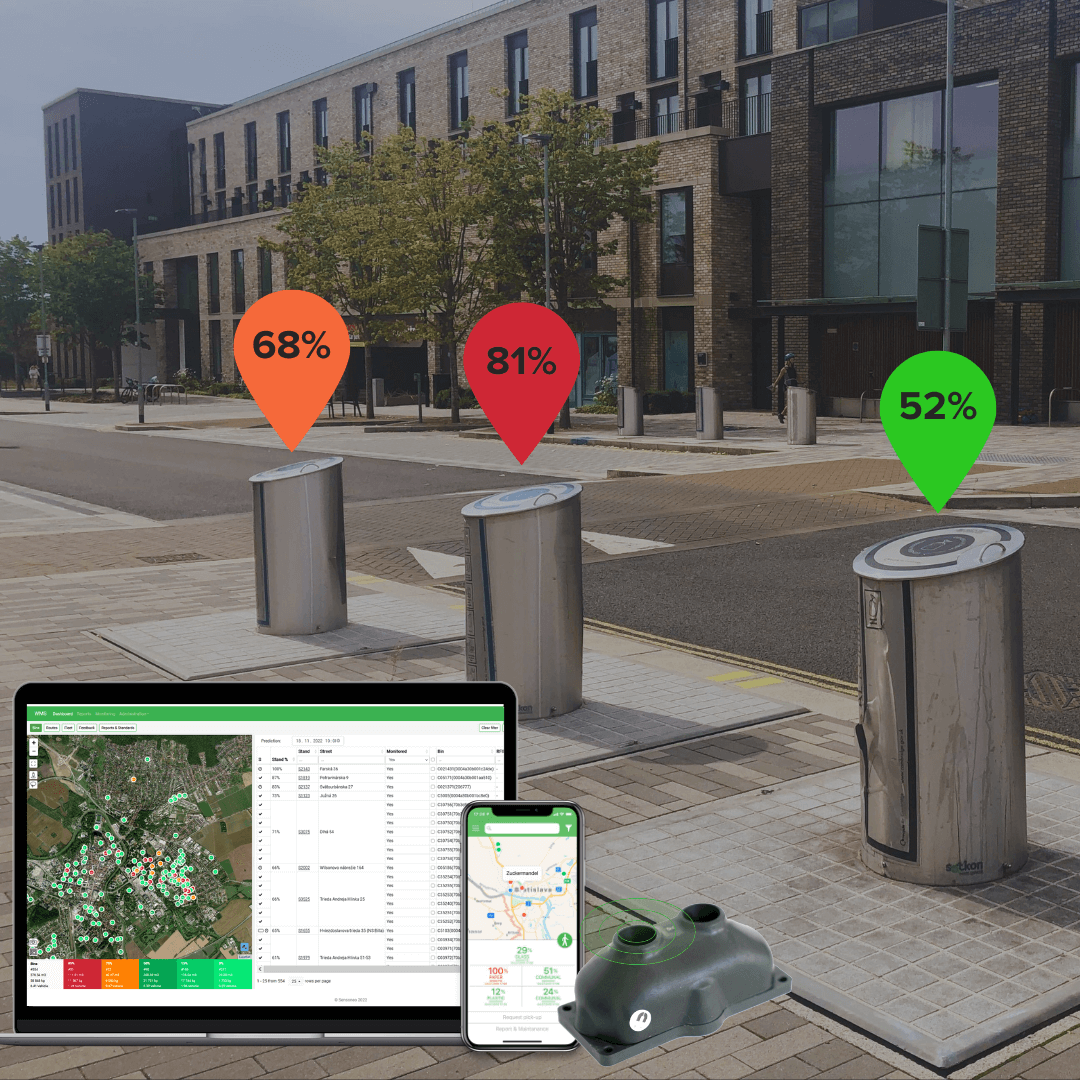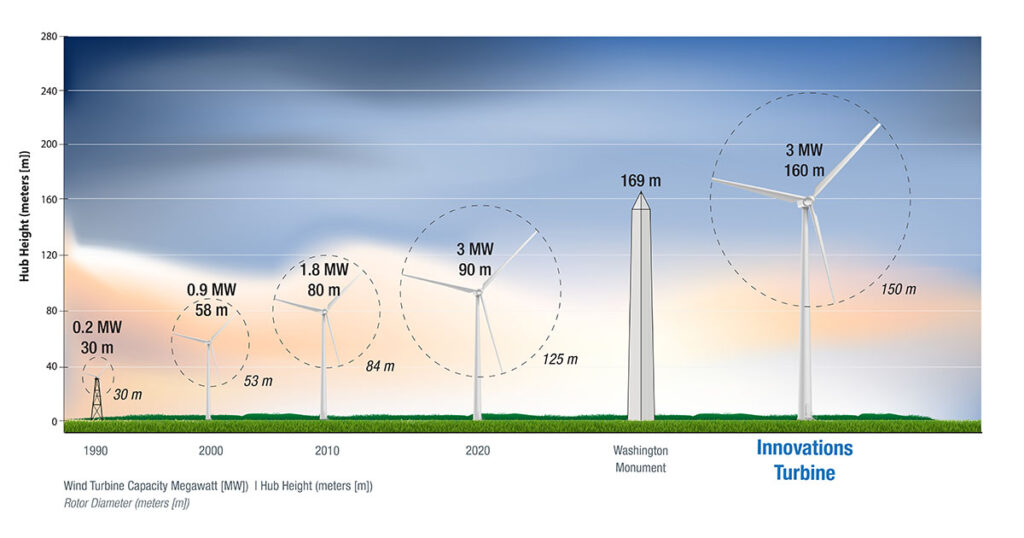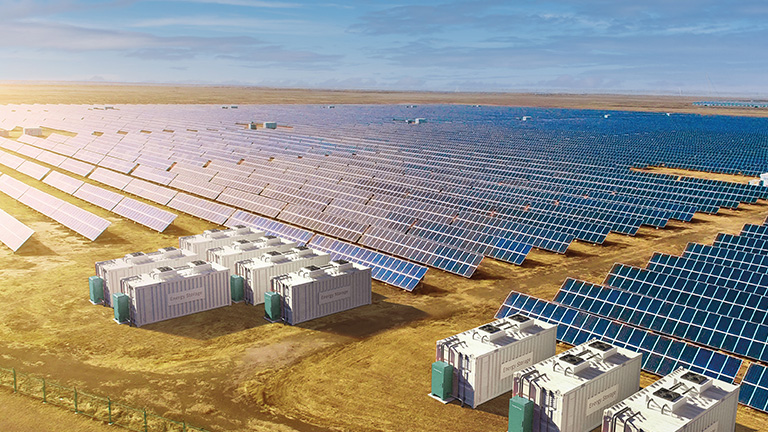As the world faces growing challenges like climate change and biodiversity loss, AI in Environmental Monitoring is emerging as a crucial tool. This technology processes large datasets, detects patterns, and forecasts environmental changes with remarkable accuracy. Its capabilities are essential for managing pollution and supporting conservation efforts, making AI an invaluable asset in protecting our planet.
AI in Pollution Detection and Management
AI excels in detecting and managing various types of pollution, including air, water, and soil. Advanced sensors and machine learning algorithms provide real-time data and insights, enabling rapid responses.
Air Pollution Monitoring
AI-driven air quality monitoring systems utilize advanced sensors to detect pollutants such as carbon dioxide, nitrogen oxides, sulfur dioxide, and particulate matter (PM2.5 and PM10). These pollutants are known to harm human health and the environment. The sensors continuously collect data on pollutant concentrations, which AI algorithms analyze in real-time to assess air quality levels. By identifying patterns and trends, these systems can forecast pollution levels, enabling authorities to issue timely warnings and advisories.
Moreover, AI can identify pollution sources, such as industrial emissions, vehicular traffic, or natural occurrences like wildfires. This information helps in implementing targeted interventions, such as traffic management or temporary industrial shutdowns, to mitigate pollution spikes. AI systems can also be integrated with public health data to study the correlation between air quality and health outcomes, thereby informing public health policies.
In addition to immediate response, AI-powered air quality monitoring supports long-term strategies for pollution control. It aids in urban planning by identifying pollution hotspots and evaluating the effectiveness of pollution control measures over time. The data collected can be used to refine regulatory standards and ensure compliance with environmental laws. By providing a comprehensive and accurate picture of air quality, AI-driven systems empower governments and organizations to make informed decisions for a healthier environment.
Water Pollution Detection
AI enhances water quality monitoring using advanced sensors in water bodies to measure crucial parameters like pH, turbidity, temperature, and dissolved oxygen. These sensors provide data that AI algorithms analyze, detecting subtle changes indicating contamination. AI identifies pollutants, such as heavy metals and nitrates, and traces pollution sources like industrial discharge or sewage leaks. This real-time monitoring enables quick action to mitigate pollution, prevents waterborne diseases, and helps preserve aquatic ecosystems by informing better water management strategies.
Soil Pollution Analysis
In the realm of environmental monitoring, AI plays a crucial role in assessing soil health and identifying contaminants. Advanced AI tools and sensors analyze soil samples to detect harmful substances such as heavy metals, pesticides, and other pollutants. These pollutants can significantly impact plant growth, water quality, and human health. By identifying and mapping these contaminants, AI helps in the development of effective soil remediation strategies. This is essential not only for restoring contaminated lands but also for maintaining sustainable agriculture practices and ensuring food security.
AI-powered soil analysis can provide precise data on the concentration and distribution of pollutants. This data is invaluable for farmers and environmental agencies in making informed decisions. For example, understanding the extent of soil contamination can guide crop selection, irrigation practices, and the application of fertilizers. Moreover, AI systems can predict the long-term effects of soil pollutants on ecosystems, allowing for proactive measures to prevent further degradation.
Integrating AI in soil pollution analysis complements other environmental monitoring efforts, such as air and water quality assessments. For instance, the detection of airborne pollutants may correlate with soil contamination, offering a holistic view of environmental health. Similarly, understanding soil conditions can influence water management practices, as contaminated soil often leads to polluted water bodies.
By leveraging AI for comprehensive soil pollution analysis, we can enhance our ability to protect and manage natural resources. This integration is vital for achieving broader conservation goals and addressing the global challenges posed by climate change and environmental degradation. As AI technology continues to evolve, its applications in soil health monitoring will become even more sophisticated, providing deeper insights and more effective solutions for sustainable land management.
AI in Wildlife Conservation
Artificial Intelligence is revolutionizing wildlife conservation by offering sophisticated tools for monitoring and safeguarding endangered species. Using technologies such as high-resolution cameras, drones, and satellite imagery, AI systems provide comprehensive insights into animal behaviors, habitats, and potential threats.
Monitoring Animal Movements: AI analyzes data from various sources to track the movements and behaviors of wildlife. This helps researchers understand migration patterns, breeding habits, and population dynamics, essential for conservation planning. By using machine learning algorithms, AI can identify individual animals and predict their future movements, allowing conservationists to take proactive measures to protect them.
Detecting Poaching Activities: AI is a critical tool in combating poaching. It can analyze images and videos from camera traps and drones to detect unauthorized human activity in protected areas. Advanced AI systems can differentiate between poachers and wildlife, sending real-time alerts to park rangers. This immediate response capability is crucial for preventing illegal hunting and protecting endangered species.
Assessing Habitat Conditions: Satellite imagery and remote sensing technologies, combined with AI, enable the monitoring of habitat conditions. AI algorithms can analyze vegetation cover, water availability, and signs of human encroachment. This information helps in identifying critical areas needing conservation efforts and assessing the impact of environmental changes on wildlife habitats.
Integration with Other Environmental Monitoring Efforts: The use of AI in wildlife conservation is closely linked to broader environmental monitoring initiatives. For instance, understanding animal movements and habitat conditions can provide insights into the effects of climate change, pollution, and deforestation. AI can correlate data from different environmental factors, offering a holistic view of ecosystem health and helping prioritize conservation efforts.
Ethical Considerations: The use of AI in monitoring wildlife also brings ethical considerations, such as the potential for misuse of data and the need to balance conservation efforts with the rights and privacy of local communities. It’s essential to develop guidelines that ensure AI is used responsibly and ethically in conservation practices.
AI in Climate Change Mitigation
Artificial Intelligence (AI) is playing a pivotal role in addressing climate change. Its contributions range from enhancing climate models to optimizing energy use and improving carbon capture technologies. By leveraging vast datasets and sophisticated algorithms, AI provides invaluable insights and solutions for combating global warming.
Climate Modeling
AI significantly advances climate modeling by processing data from a variety of sources, including weather stations, satellites, and oceanic sensors. Machine learning algorithms analyze this data to detect patterns and make accurate predictions about future climate conditions. These insights are crucial for policymakers, enabling them to craft effective climate action plans and adapt strategies to anticipated changes. For example, AI can predict the likelihood of extreme weather events, helping communities prepare and mitigate potential damage. Moreover, AI’s ability to refine models continuously means that forecasts become more accurate over time, which is vital for long-term planning and disaster preparedness.
Energy Optimization
In the realm of energy, AI’s impact is transformative. It optimizes energy consumption by smartly balancing supply and demand, particularly in smart grid systems. AI algorithms can manage the integration of renewable energy sources, such as solar and wind, into the energy grid, ensuring efficient and stable power supply. This not only reduces reliance on fossil fuels but also minimizes energy waste. Furthermore, AI contributes to the design and operation of energy-efficient buildings and industrial processes. For instance, AI systems can control heating, ventilation, and air conditioning (HVAC) systems more efficiently, reducing energy consumption while maintaining comfort levels. In industrial settings, AI can optimize manufacturing processes to lower energy usage and minimize emissions, aligning with broader environmental sustainability goals.
Carbon Capture
AI also enhances carbon capture technologies, which are crucial for reducing atmospheric CO2 levels. By analyzing data from carbon capture facilities, AI can optimize the processes involved, making them more efficient and cost-effective. Machine learning models can predict the most effective conditions for capturing and storing carbon, thus improving the overall performance of these technologies. Additionally, AI can help in identifying the best geological sites for storing captured carbon, ensuring safety and long-term viability. This is particularly important as the world moves towards carbon neutrality, with AI aiding in both capturing emissions from current sources and potentially even removing past emissions from the atmosphere.
Integrating AI Across Environmental Efforts
AI’s versatility in environmental monitoring is crucial for detecting pollution, conserving wildlife, and optimizing energy use. It provides real-time data on air, water, and soil quality, aiding quick responses to environmental issues. In wildlife conservation, AI tools like drones track endangered species and deter poaching. These technologies offer integrated insights, supporting both conservation strategies and energy management. For instance, AI-driven climate models help predict habitat changes, while AI systems balance energy needs, minimizing disruption to sensitive ecosystems.
Benefits of AI in Environmental Monitoring
- Real-Time Monitoring: AI provides immediate data, crucial for quick decision-making and interventions.
- Enhanced Accuracy: AI algorithms offer precise data analysis, improving the reliability of environmental monitoring.
- Cost-Effectiveness: AI systems reduce the need for manual data processing, making environmental monitoring more scalable and accessible.
- Data-Driven Insights: AI generates actionable insights that inform policy decisions and conservation strategies.
Challenges and Ethical Considerations
Data Privacy and Security
The use of AI involves collecting large amounts of data, raising concerns about data privacy and security. Protecting sensitive information is crucial.
Algorithmic Bias
AI systems can exhibit bias if not trained on diverse datasets. In environmental monitoring, biased algorithms can lead to unequal treatment of regions or species. Ensuring fair and unbiased AI systems is essential.
Technical Limitations
AI systems may face challenges in data accuracy due to environmental complexities or data limitations. Continuous advancements and innovations are necessary to address these limitations.
Ethical Considerations
The application of AI in environmental monitoring raises ethical questions, including the impact on local communities and the prioritization of conservation efforts. Establishing ethical guidelines and engaging with stakeholders is vital.
Conclusion
AI is revolutionizing environmental monitoring, providing innovative solutions for pollution control and conservation. From real-time detection to climate change mitigation, AI enhances our capacity to protect the environment. While challenges and ethical considerations exist, the benefits of AI in this field are substantial. As technology continues to evolve, AI’s role in environmental protection will become increasingly significant.
For further insights into AI’s applications, continue exploring our series on AI technologies and AI News.
![5 Remarkable Impacts Of Ai-Driven Conservation On Biodiversity Protection 2 real-time biodiversity analysis using deep-learning algorithms on mobile robotic platforms [peerj]](https://dfzljdn9uc3pi.cloudfront.net/2023/cs-1502/1/fig-1-2x.jpg)








